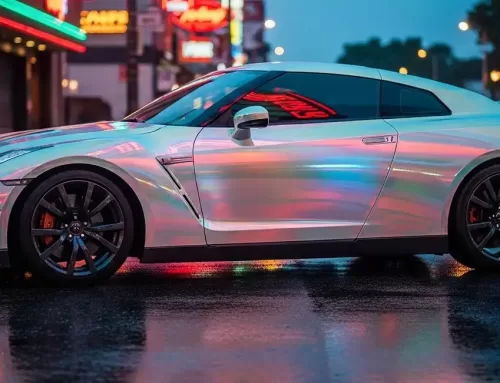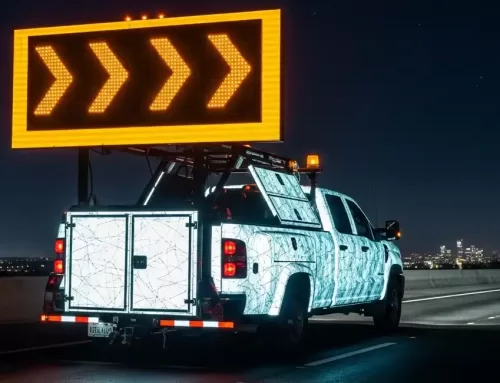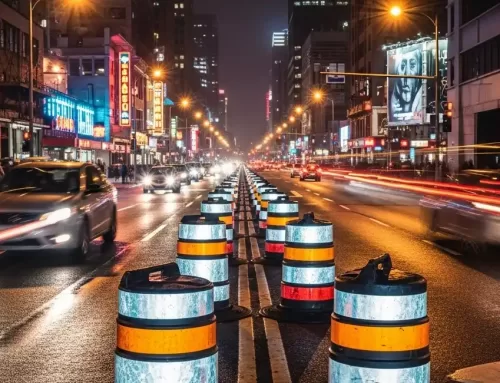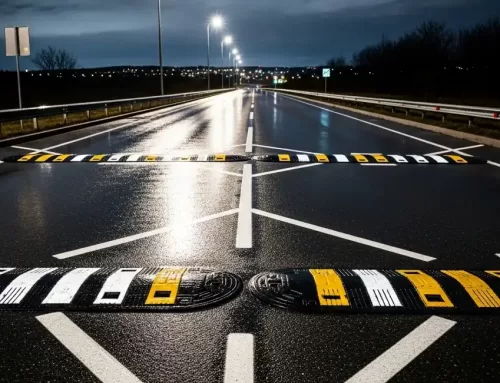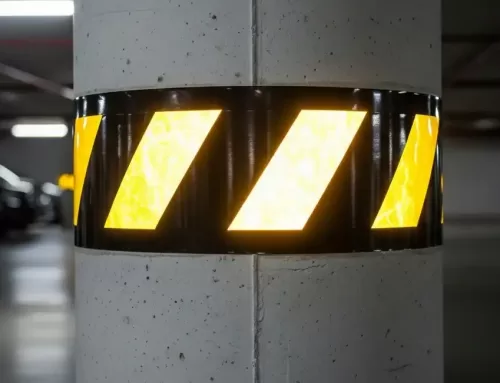Why can we see traffic signs at night?
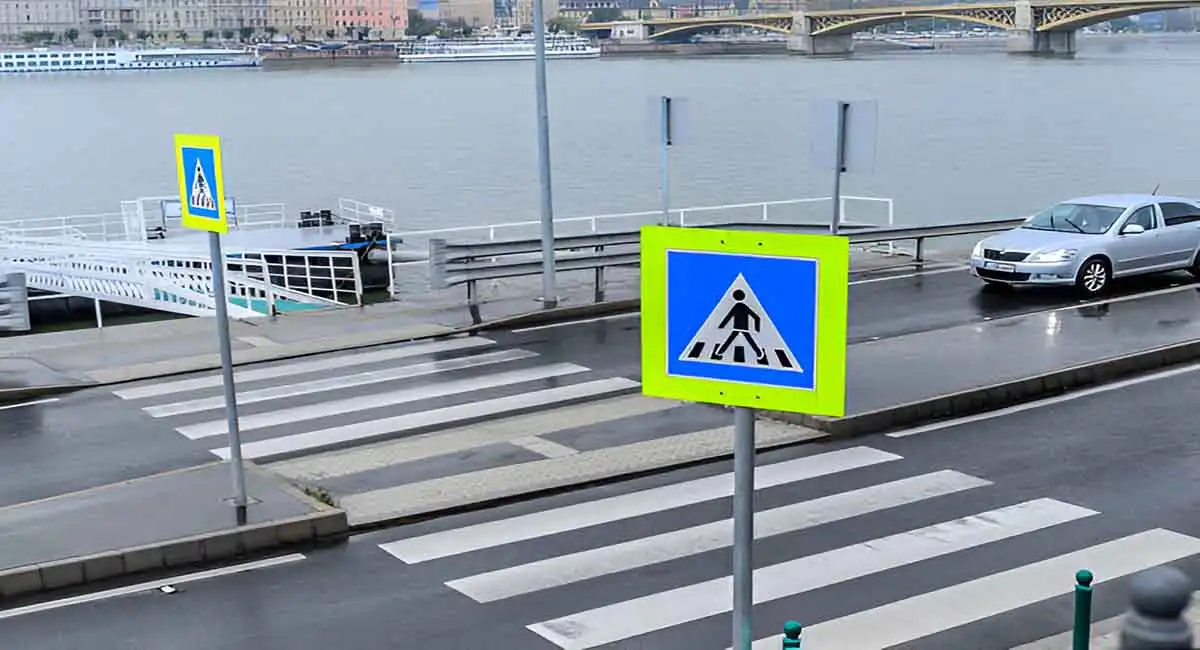
I wonder if you have noticed an interesting phenomenon: you can clearly see traffic signs at night, such as the vests of traffic police, road signs, road markings, anti-collision cylinders, and license plates of vehicles ahead, etc. These objects obviously do not have the function of self-luminescence, but we can see bright spots in the distance.
How is such a strong reflection achieved?
Reflective materials, also known as retroreflective materials, can be divided into traffic sign reflective materials, road marking reflective materials, raised road signs, contour signs, clothing reflective materials, etc.
Reflective film is a retroreflective material that has been made into a thin film and can be directly applied. It is also the most widely used retroreflective material. It can reflect the light of car lights, allowing drivers to find objects in front of them at a long distance and take measures. In 1939, the US National Standard for Traffic Signs officially stipulated that reflective film should be used to make traffic signs.
The composition materials and structures of different reflective films are different. Both the embedded lens type and the sealed lens type use the glass bead reflection principle, while the reflection principle of the prismatic reflective film is to use the refraction and reflection of the prismatic reflective sheeting.
1. Glass bead reflective film:
An early reflective technology, the reflective unit in the reflective material is mainly glass beads, and a metal reflective layer needs to be plated on the back of the glass beads.
❶Lens embedded reflective film (engineering grade)
Lens embedded reflective film is the earliest product of glass bead reflective film. The back adhesive is divided into pressure-sensitive and heat-sensitive types, and the bottom plate is aluminum plate. The construction operation temperature is generally required to be above 18 degrees Celsius. The service life is generally 3 to 7 years, and the front brightness (0.2º/-4º) is generally around 100cd/lx/m. After 7 years, the brightness is at least 50% of the initial brightness value.
❷Lens sealed reflective film (high-strength grade)
The reflective coefficient of lens sealed reflective film is at least twice that of lens embedded reflective film. Its internal vacuum bracket structure also solves the problem of condensation on traffic signs caused by temperature changes, further improving the reflective ability of the material.
The high-strength reflective film base is made of aluminum, and the operating temperature is usually required to be above 18 degrees Celsius. The service life is generally 10 years, and the front brightness (0.2º/-4º) is usually above 250cd/lx/m. Under normal use, the brightness after 10 years should at least retain 80% of the initial brightness value.
2. Prismatic reflective film
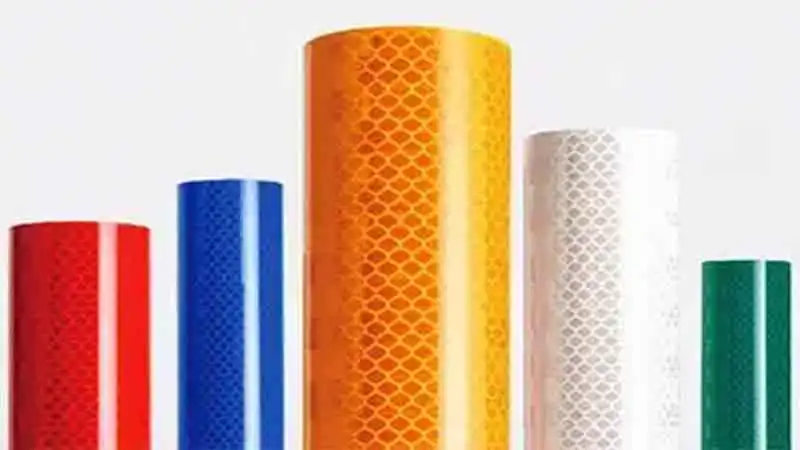
The reflective unit in the prismatic reflective film is mainly composed of triangular prisms. The incident light is fully reflected multiple times in the prism, and no metal coating is required. It has higher reflection efficiency than glass bead technology and is the development trend of modern reflective technology. It is divided into three categories
The front brightness of the long-distance truncated prismatic reflective film is very high, but the reflective brightness will be greatly attenuated at large incident angles and observation angles. It is more suitable for contour marks, warning columns, etc., and is not suitable for traffic signs that require close-range recognition.
The reflective brightness of the large-angle truncated microprismatic reflective film will not be greatly attenuated at large incident angles and observation angles. Therefore, this kind of reflective film is mostly used in places with multiple lanes and multiple bends, and traffic signs that require a longer reading time.
The full prismatic reflective film takes into account both long-distance recognition performance and close-range reading performance. According to the path and mode of vehicle light propagation, it finds the angle required for sign recognition, determines the non-reflective area on the traditional truncated microprism, and then removes these non-reflective areas. The best reflection efficiency is 58%, which is much higher than other types of reflective film.
In recent years, prismatic reflective film has shifted the focus of innovation to different material processing technologies to achieve different retroreflective capabilities and meet the needs of different levels. On the basis of taking into account long-distance recognition performance and close-range reading performance. Different retroreflective effects are obtained through differences in material processing of the resin layer and the surface of the cubic crystal.
The new prismatic reflective film has high strength and thickness, and the surface is mostly made of polycarbonate material. It is not only wear-resistant and scratch-resistant, but also can be matched with silk-screen inks, and can also be applied to thermal transfer printing to make colorful traffic signs. At the same time, due to the increase in the surface brightness factor, the sign is more eye-catching and bright in the daytime, and also has better weather resistance.
